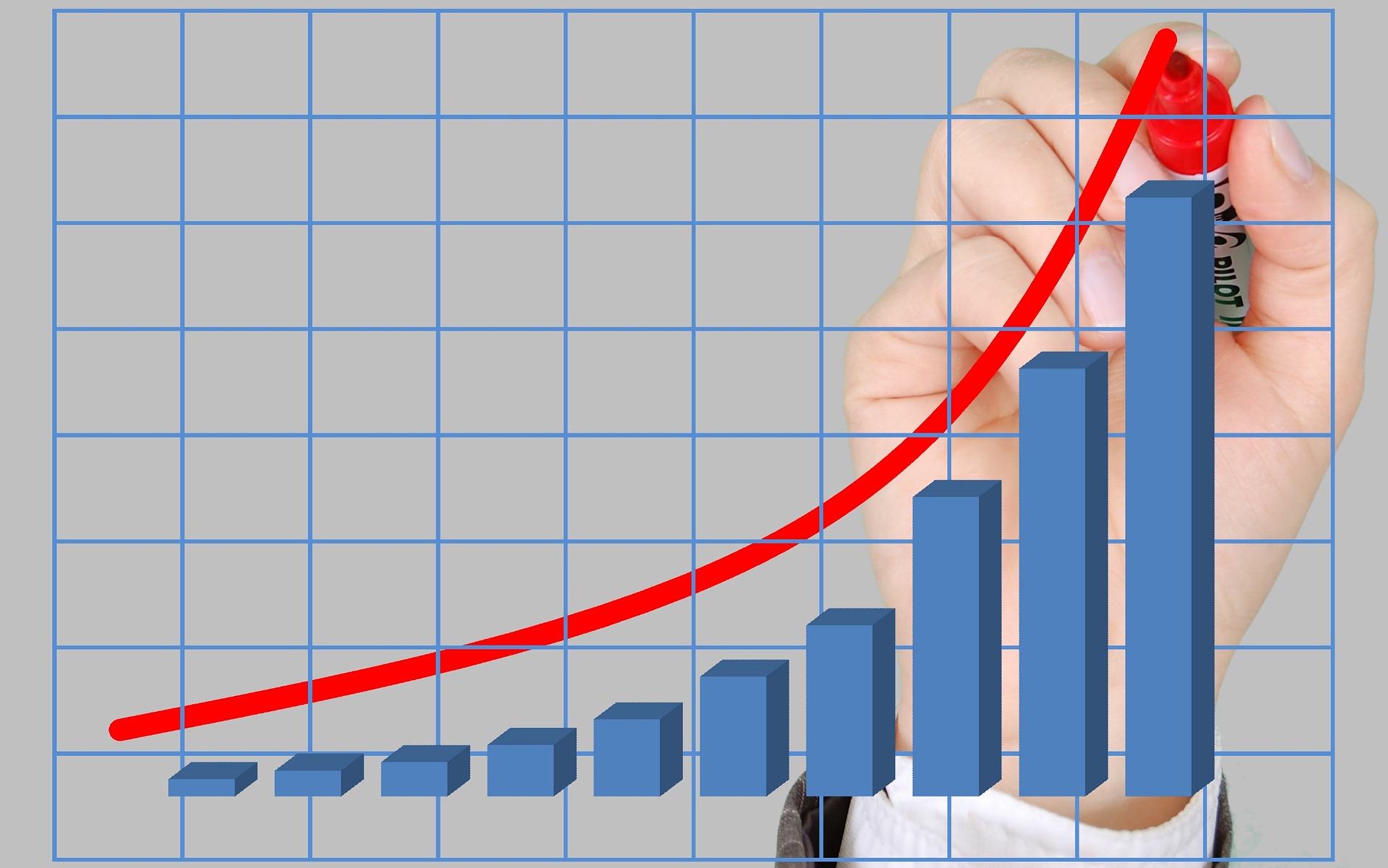In the three months to September 30 last year, the number of self managed superannuation funds increased 5530 as 5607 people decided they wanted to take direct control of their super.
Last financial year tells a similar story. Although the numbers were slightly negative for the June quarter ( minus 398) – reflecting a historical norm where this quarter sees most wind-ups to coincide with the end of the financial year – the March (3922), December (3733) and September (5578) quarters took SMSF growth back to nearly 13,000 for the 2019-2020 financial year after slowing markedly in the previous two years.
It seems remarkable that two quarters of this growth occurred during a global pandemic when market volatility, job losses, business closures and social upheaval were the order of the day. But it fits a historical pattern; it also happened after the global financial crisis. Economic crises, it seems, push people to want greater control over their financial affairs.
And it was not just those nearing or in retirement who were setting up SMSFs. There is a growing cohort of younger people who are being attracted to SMSFs. Based on Australian Taxation Office statistics, the number of people under 50 years with an SMSF make up nearly 25 per cent of the nearly 1.1 million Australians who opt to manage their own superannuation. Of this number, 3.5 per cent are below 35. (As would be expected, the 50-75 age bracket remains dominant with 62.3 per cent of all SMSF members.)
For those opting for an SMSF, a recent report by the actuarial firm Rice Warner on costs would have been reassuring. Using data from more than 100,000 SMSFs, it found that funds with balances of $200,000 or more are cost-competitive with industry and retail superannuation funds and those with balances of $500,000 or more are typically the cheapest. Even balances between $100,000 and $150,000 are cost-competitive, provided a cheaper service provider is used or trustees do some of their own administration. Only below $100,000 do SMSFs stop being cost-competitive.
This is not surprising. As the report points out, over the past seven years SMSF costs have fallen (in large part due to technology), while the costs of APRA-regulated funds have increased. Most SMSF investors’ personal experiences did not reflect the costs attributed to SMSFs by the 2018 Productivity Commission report ($500,000 to be cost-effective) or the now-expired November 2019 ASIC flyer, titled Self-managed superannuation funds: Are they for you?, that included inflated SMSF annual running costs.
But setting up an SMSF has never been just about costs. Or investment performance for that matter. Of course, both costs and investment performance play a part in the decision-making process, but they are not top of mind, as a recent SMSF Association survey of 800 SMSF investors highlighted. What the survey revealed was the thinking process involved in setting up an SMSF is far more nuanced than simply looking at costs and investment performance – and it helps to explain why they are appealing to a growing number of Australians.
In a nutshell, what motivates many investors is the control an SMSF gives them. When that is teased out, it comes down to being able to make flexible investment choices, dissatisfaction with their existing fund, and tax and estate planning.
With this mindset, it helps explain why some younger SMSF investors with lower balances that are not cost-competitive with APRA-regulated funds still opt to set up a SMSF. It also explains why they are not deterred by lower average investment returns because, while an SMSF’s investment performance correlates to fund size, the actual investment performance of an individual SMSF will be driven by the investment strategy chosen for that SMSF.
As shown in the Rice Warner research, in 2017 and 2018, an average SMSF balance of between $100,000 and $200,000 had returns 4.56 per cent and 3.86 per cent, respectively, lower than APRA-regulated funds. But once an SMSF passes the $200,000 barrier, the difference starts to narrow. SMSFs with balances between $200,000 and $500,000 returned 7.07 per cent in 2017 and 6.02 per cent in 2018, not far behind APRA funds, and at $500,000 the difference is negligible.
Some of those SMSFs will have very conservative investment strategies because they are in pension phase and are very focused on capital preservation. Others will have more aggressive investment strategies and achieve higher than average investment returns. We are planning further research this year into better understanding the drivers of investment performance for smaller SMSFs.
So, when an SMSF reaches $500,000 (and, remember, 63 per cent of SMSFs had balances exceeding $500,000 and only 15 per cent had balances below $200,000 in 2019), they have more opportunities to diversify their investment portfolios, which can bring higher returns. By contrast, funds with lower balances are typically weighted towards cash and term deposits, reflecting more conservative investment strategies.
Many younger investors who want to take the time, effort and money to oversee their retirement income strategies also appreciate it’s a marathon, not a sprint. They know higher returns will come as their balances grow. And many grow quickly, as the Rice Warner research shows. Of 8043 funds with balances of less than $200,000 in 2017, 3208, or 40 per cent, had broken through this barrier by 2019, with 24 per cent doing so in the first year.
For many younger Australians, an SMSF will never appeal – far better to leave it to a large super fund to do the heavy lifting. But for those who embrace taking control of their retirement income strategy, the rewards are clearly there, whether it’s measured in terms of costs or investment returns.
Written by John Maroney, CEO, SMSF Association

